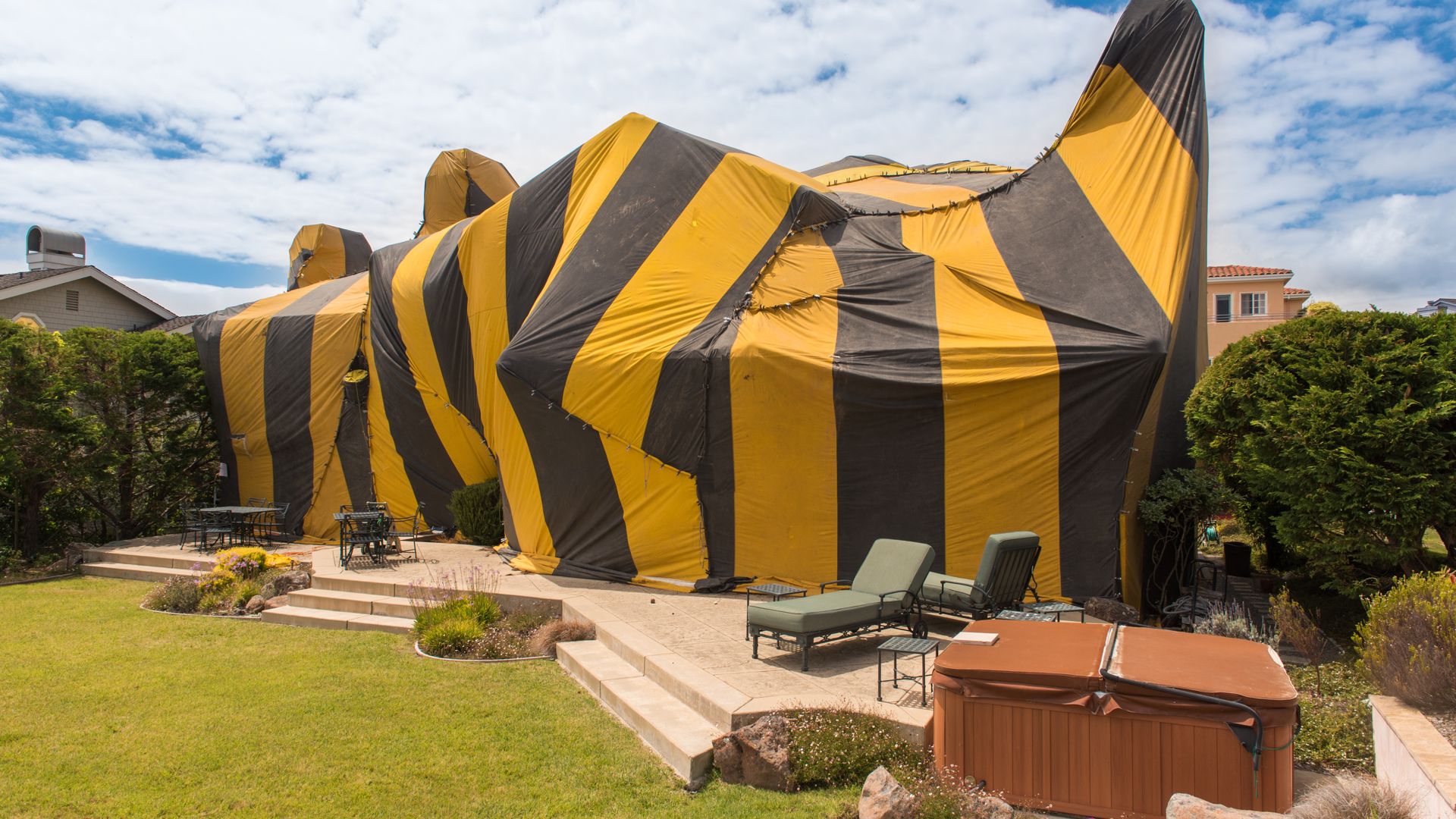Appearance
Dark brown with yellow spotted bands across the front of their wings; 1/4- to 1/2-inch.
Habitat
Larder beetles may be found inside walls, attics, crawlspaces, and basements, feeding on dead insects or a rodent or bird carcass. They also feed on foods with protein or oils and are common pests wherever animal protein is processed or stored. Adult larder beetles often overwinter outside in tree bark crevices. In summer they may enter buildings seeking a food source on which to deposit eggs. Their scientific name means "to devour a skin"- these beetles are sometimes used by museums to clean flesh and hides off animal skeletons.
Diet
Ham, bacon, meats, cheese, stored tobacco, dried fish, and dried pet food as well as hides, skin, bones, and dead insects.
Control
As with any stored product pest, control involves many steps, beginning with locating the infested food items or other sources of infestation (e.g., dead insects or animal inside a wall or other space). Larder beetles are attracted to moist protein sources. A professional can help find difficult infestation sources. Once discovered, the source will need to be removed and treatment applied into the space to kill the beetles and larvae feeding on the source.

